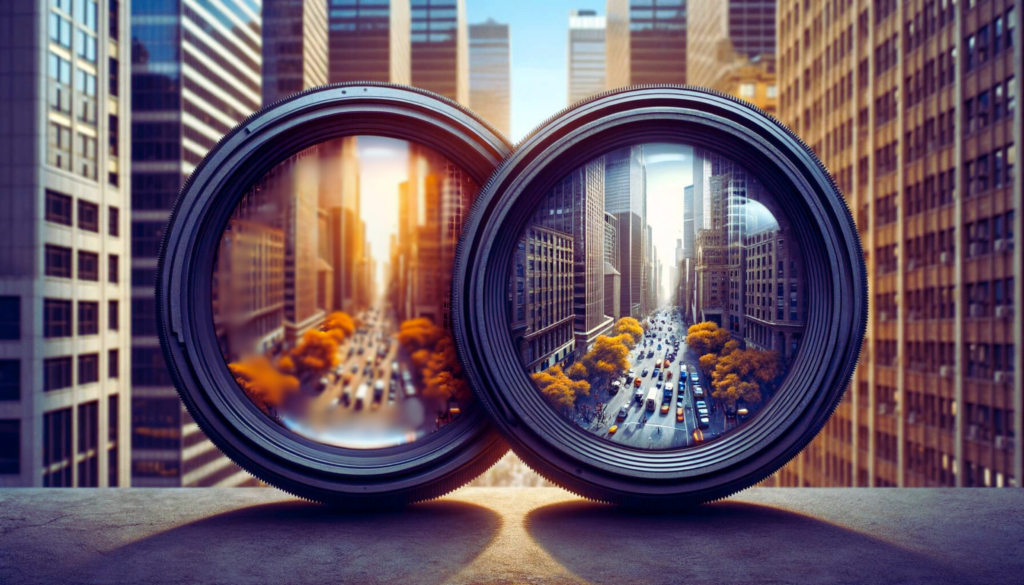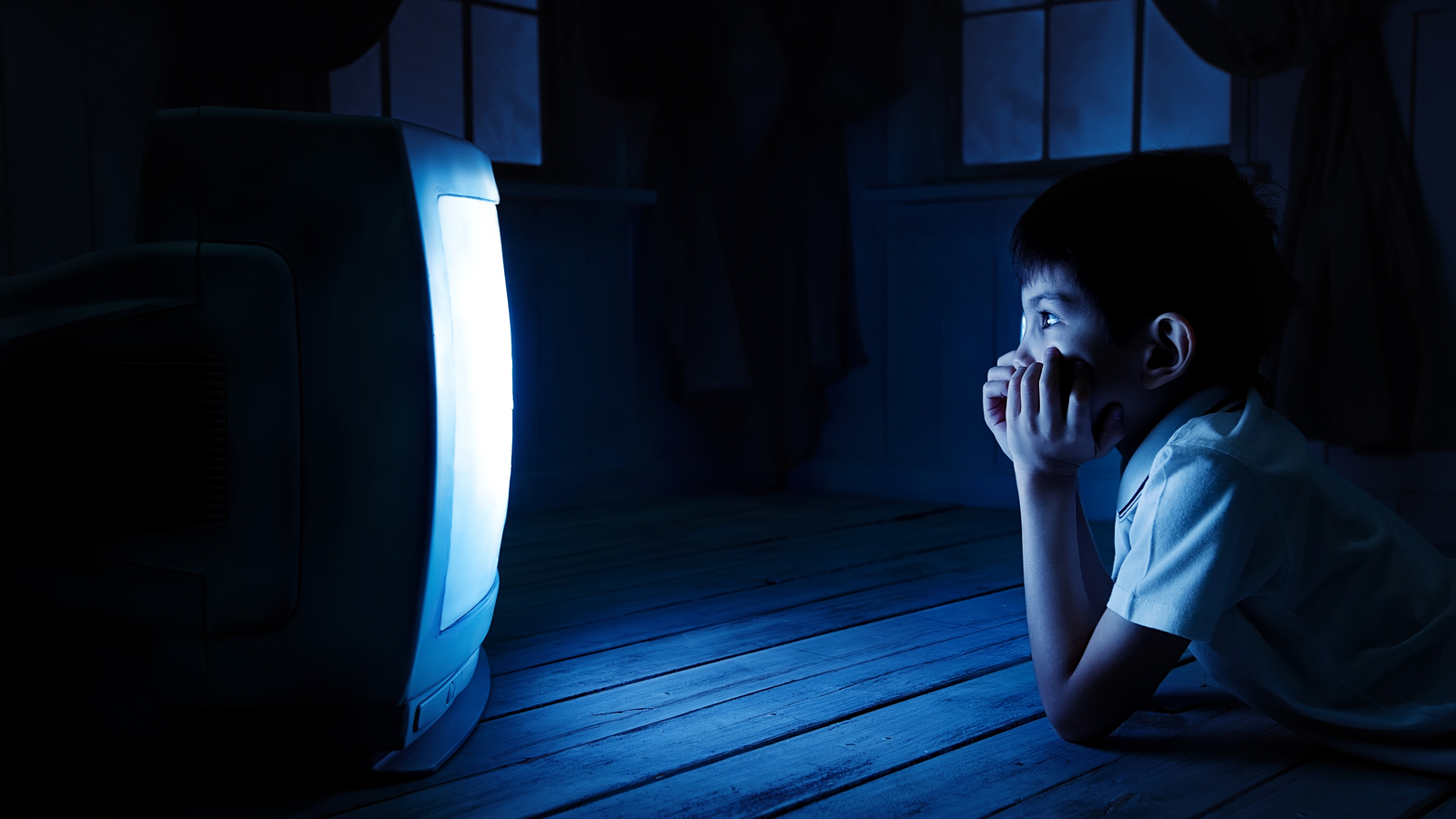We’ve all had that experience of squinting to see something far away clearly. That’s myopia, or nearsightedness, a common vision problem that affects millions of people worldwide. But what exactly is myopia, and what can you do to prevent it? Let’s break it down.
What is Myopia?
Myopia is a refractive error, which means that the eyes aren’t able to focus light properly onto the retina (the light-sensitive layer at the back of the eye). This causes distant objects to appear blurred or fuzzy, while close-up objects remain clear.
Imagine looking through a camera lens that’s not quite focused correctly – that’s what it’s like for someone with myopia. The degree of myopia can vary from mild to severe, and it often starts in childhood and progresses as you grow older.

Causes of Myopia
So, what causes myopia? Here are some of the main factors:
- Genetics: If your parents or siblings have myopia, you’re more likely to develop it too. It’s often hereditary.
- Too much close-up work: Spending long periods reading, using digital devices, or doing close-up activities can strain your eyes and contribute to myopia development.
- Lack of outdoor time: Studies show that spending more time outdoors, especially during childhood, can help reduce the risk of developing myopia.
Symptoms of Myopia
How do you know if you or your child might have myopia? Here are some common signs to look out for:
- Squinting or partially closing the eyes to see better in the distance
- Sitting closer to the TV, computer, or board at school
- Frequent eye strain, headaches, or fatigue after visual activities
- Holding books or devices very close to the face


If you notice any of these symptoms, it’s a good idea to schedule an eye exam with an optometrist.
Preventing and Managing Myopia
While there’s no cure for myopia, there are several things you can do to help prevent or slow its progression:
- Encourage outdoor time: Make sure your kids spend plenty of time playing and being active outdoors. Aim for at least 1-2 hours per day.
- Take breaks: When doing close-up work, remember to take frequent breaks and look into the distance to reduce eye strain.
- Maintain proper lighting and posture: Ensure good lighting and correct posture when reading or using digital devices to minimize eye strain.
- Consider specialized treatments: Your optometrist may recommend treatments like atropine eye drops or orthokeratology (special contact lenses) to slow myopia progression in children.
- Wear prescribed corrective lenses: If you or your child is diagnosed with myopia, wearing glasses or contact lenses as prescribed can help improve distance vision and reduce eye strain.

Remember, myopia is a common condition, but it’s important to manage it properly to protect your vision and prevent further complications. Regular eye exams and following your optometrist’s recommendations are key to maintaining healthy eyes.